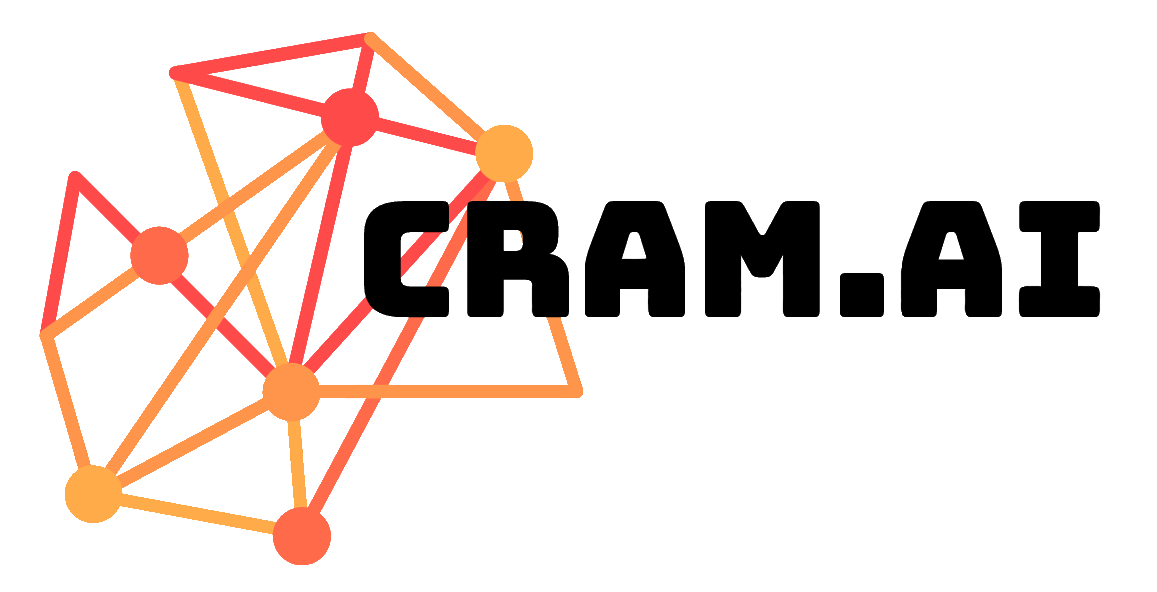cram.ai

Description as a Tweet:
Web platform that uses natural language processing to analyze lecture videos and generate flashcards for learning
Inspiration:
The COVID-19 pandemic has resulted in schools and universities to shut down all over the world and adopt an online learning system. As a result, education has changed dramatically, with the distinctive rise of online lecture videos and digital learning platforms. Research suggests that online learning has been shown to increase retention of information, and take less time, meaning the changes coronavirus have caused might be here to stay. While our transition to online learning has been fairly smooth, various barriers to online lecture videos still obstruct our way, including technical issues, distractions, time management, and the lack of in-person activity. In hopes of helping students overcome these obstacles and analyze lecture videos in an automated manner, I built cram.ai.
What it does:
cram.ai is a web platform that uses natural language processing to analyze educational lecture videos, intended to help students analyze university lectures and test their knowledge. From the link to the YouTube video, cram.ai is able to extract the transcript of the lecture, process its contents, comprehensively summarize the lecture, and generate flashcards with fill-in-the-blanks questions and answers on core concepts.
Dependencies & How To:
# Install YouTube Transcript API
pip install youtube-transcript-api
# Install NLTK
pip install nltk
# Install Google Cloud Language Client Library
pip install google-cloud-language
# Install Flask
pip install flask
# Run cram.ai
python app.py
How we built it:
cram.ai utilizes the YouTube Transcript API in Python to extract the transcript of a video and uses a pre-trained recurrent neural network model to punctuate the transcript. In order to summarize the transcript, cram.ai uses NLTK library in Python to perform natural language processing and obtain the sentences that contain the core concepts. Using Google Cloud Language, cram.ai is able to perform entity analysis to produce flashcards and Wikipedia pages for entities. The website is built using Flask and Bootstrap.
Technologies we used:
- Python
- Flask
- AI/Machine Learning
- Misc
Challenges we ran into:
The toughest obstacle of this project was generating the summary. There are several ways to generate a summary to a text, with the applicability of each method dependent on different contexts and situations. For the purposes of summarizing lectures, I decided it is most efficient to identify keywords and assign greater score to parts of the video that talks about the keywords. Because the English language is so complicated and filled with exceptions, it was a challenging task to account for all the corner cases.
Accomplishments we're proud of:
This was my first project where I had to implement intense natural language processing operations from scratch. I am happy that I was able to produce what I had envisioned and I'm confident that I will be able to take on even more complicated projects in the future.
What we've learned:
cram.ai helped me understand various advanced methods of natural language processing and allowed me to get familiar with the different features of natural language processing libraries in Python. Additionally, working on this project also helped me enhance my web development skills.
What's next:
cram.ai has a long way to go, but I'm confident that this platform can affect the online learning community in a positive way. Plans for future improvements include:
- enhancing the natural language processing methods
- supporting different languages
- reading whiteboards from frames of lecture videos
- adding scientific equation recognition.
Built with:
Python, NLTK, Google Cloud Language API, Flask
Prizes we're going for:
- Best Documentation
- Best Web Hack
- Best Machine Learning Hack
- Best Use of Google Cloud
